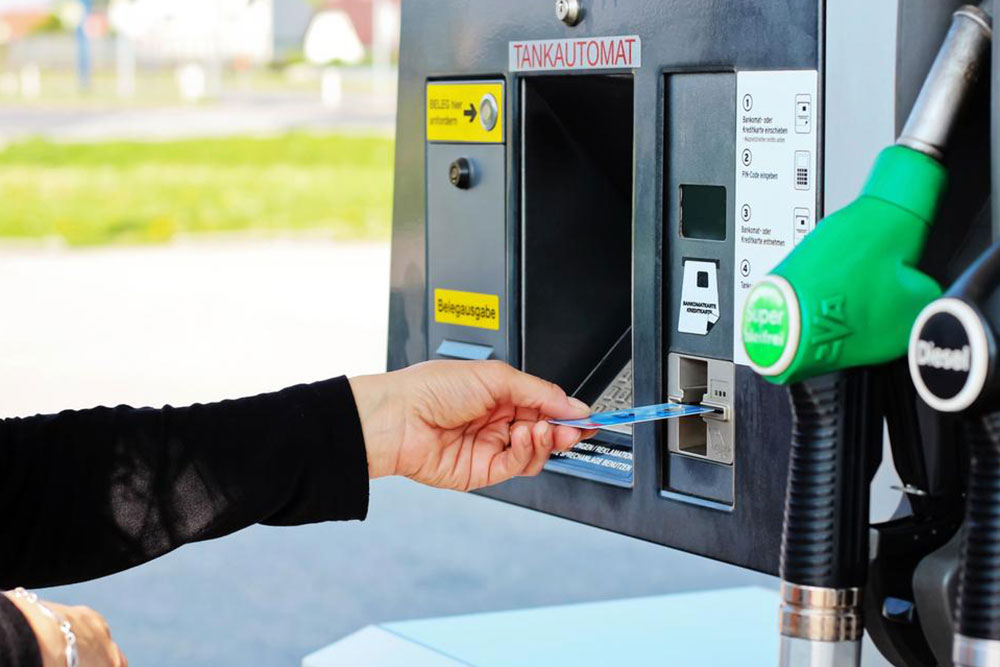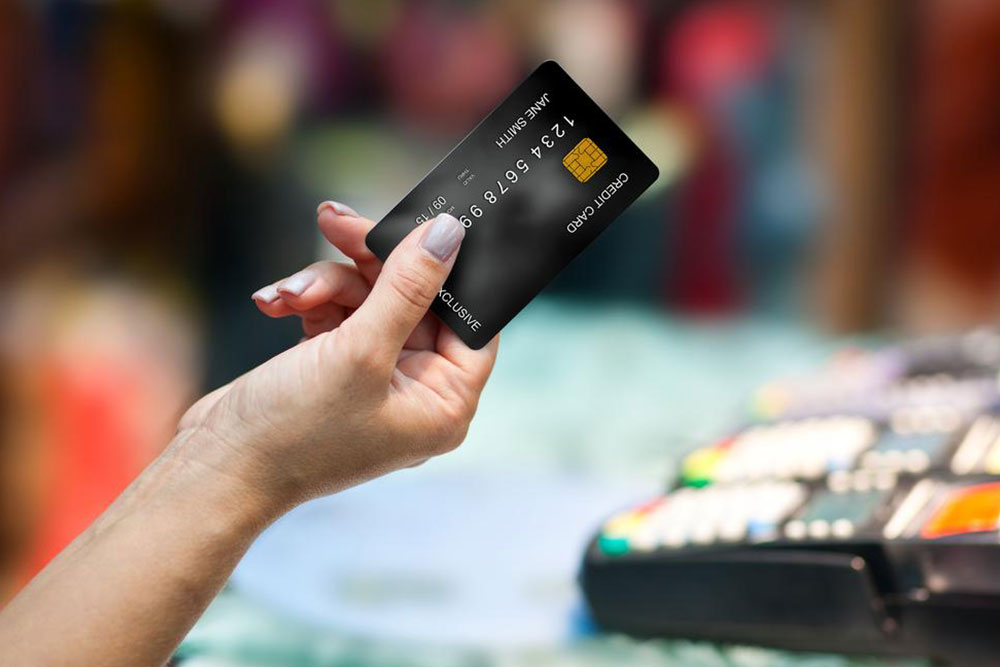Comprehensive Guide to Choosing the Right Fuel Rewards Credit Card
Discover essential tips for selecting the right fuel rewards credit card to maximize savings on gas expenses. This comprehensive guide covers eligibility, benefits, application steps, and best practices for using your card effectively, helping drivers reduce fuel costs and optimize rewards across various fueling options.

Essential Considerations Before Applying for a Fuel Rewards Credit Card
In today's world where efficient financial management is crucial, fuel rewards credit cards have become a popular choice for consumers looking to maximize savings on their vehicle-related expenses. Commonly referred to as gas cards, these financial tools are tailored to provide incentives, rewards, and cashback on fuel purchases, which constitute a significant part of household expenses. With the rising costs of gasoline, leveraging such rewards can lead to substantial savings over time, making it important to understand how to select the most suitable card.
According to the U.S. Energy Information Administration, the average American household spends anywhere from $2,000 to over $3,000 annually on gasoline. This hefty expenditure prompts many consumers to seek ways to reduce their fuel costs through rewards programs offered by credit card companies. Fuel rewards credit cards are crafted to help drivers earn benefits—be it in the form of cashback, points, or discounts—every time they fill up their tanks. If you are a regular driver or often fill your vehicle at the pump, understanding the ins and outs of these cards can result in significant monthly savings.
Fuel reward credit cards generally fall into two categories: those that are tied to specific gas station chains and those that are accepted at multiple locations across networks like Visa, MasterCard, or American Express. Each has its advantages depending on your fueling habits. Specific chain cards often provide exclusive discounts, promotions, and rewards at their partner stations. Conversely, versatile cards offer broader acceptance, enabling you to earn rewards whether you fuel at a supermarket, wholesale club, or any participating merchant.
Many consumers find it helpful to pair a dedicated fuel rewards card with a general-purpose credit card. This combination allows for greater flexibility and maximizes earning potential across different spending categories. For instance, some Visa or MasterCard fuel cards offer 2-3% cashback on all transactions, including fuel, groceries, and other everyday expenses. This rate can far surpass the standard 1% return offered by regular credit cards, thus transforming routine purchases into savings.
Choosing the right gas rewards card involves careful evaluation of several key factors:
Financial Compatibility: Select a card that matches your financial situation. If you struggle with paying your balance in full each month, opt for a card with a low or 0% introductory APR to avoid accumulating interest charges that can negate your savings.
Fuel Consumption Patterns: Assess your vehicle’s mileage and typical fuel expenses. A car with high mileage might benefit from a card that offers higher cashback rates or discounts, while occasional drivers might prefer a straightforward rewards system with minimal restrictions.
Payment Preferences: Understand that some gas stations offer discounts for cash payments. In such cases, using a credit card may not always be advantageous unless it provides significant rewards that offset the difference.
Terms and Restrictions: Review any caps on rewards, restrictions on eligible brands, or time-limited promotions. Be mindful of exclusions, such as rewards not applicable at warehouse clubs or special polar conditions tied to certain discounts.
Station Chain Tie-ins: Confirm whether the card is linked to a specific station chain. Rewards may only apply at designated locations, limiting your flexibility if you prefer fueling at various stations.
After selecting a suitable card, understanding the application process ensures a smooth experience. Most issuers offer online application portals that make the process quick and convenient. Before applying, ensure you meet certain prerequisites:
You are a vehicle owner.
You are at least 18 years of age.
You have a stable source of income.
You maintain an active bank account or savings account.
Your rent or housing costs should not be more than half your income, indicating financial stability.
You possess a valid phone number registered in your name.
To complete your application, you'll need to provide personal details such as your full name, address, date of birth, and income information. The issuer may also verify your vehicle details to confirm eligibility. Once the process is complete and approved, your new fuel rewards card will typically arrive within 2-3 weeks, with expedited processing for applicants with excellent credit history. Upon receipt, you will get a welcome kit containing important instructions on card activation, including a PIN code—it's crucial to keep this information confidential to prevent misuse.
For optimal use of your gas rewards card, keep in mind these essential tips:
Check your credit limit carefully and avoid exceeding it. Emergency usage limits are often around $100, but higher amounts require prior approval through your company or provider.
If you encounter technical issues or emergencies, contact customer support immediately for assistance.
Always retain purchase receipts and statements for your records, especially when tracking rewards or resolving disputes.
Report lost or stolen cards promptly to prevent unauthorized usage.
Adhering to the provider’s rules and policies is vital; violations can result in the cancellation of your card or loss of rewards.
In summary, selecting the optimal fuel rewards credit card involves a thorough assessment of your financial situation, fueling habits, and card terms. Making an informed choice ensures you gain maximum benefits without unnecessary costs or restrictions. Proper usage and understanding of your card's features can turn everyday fuel expenses into meaningful savings over time, supporting your overall financial health and budget management.





